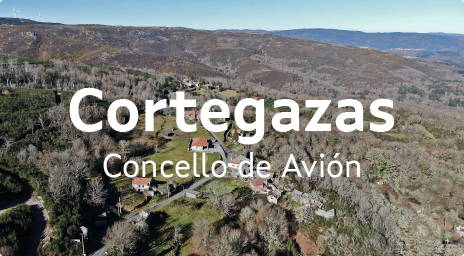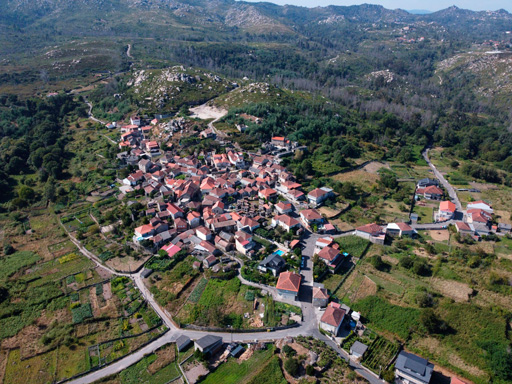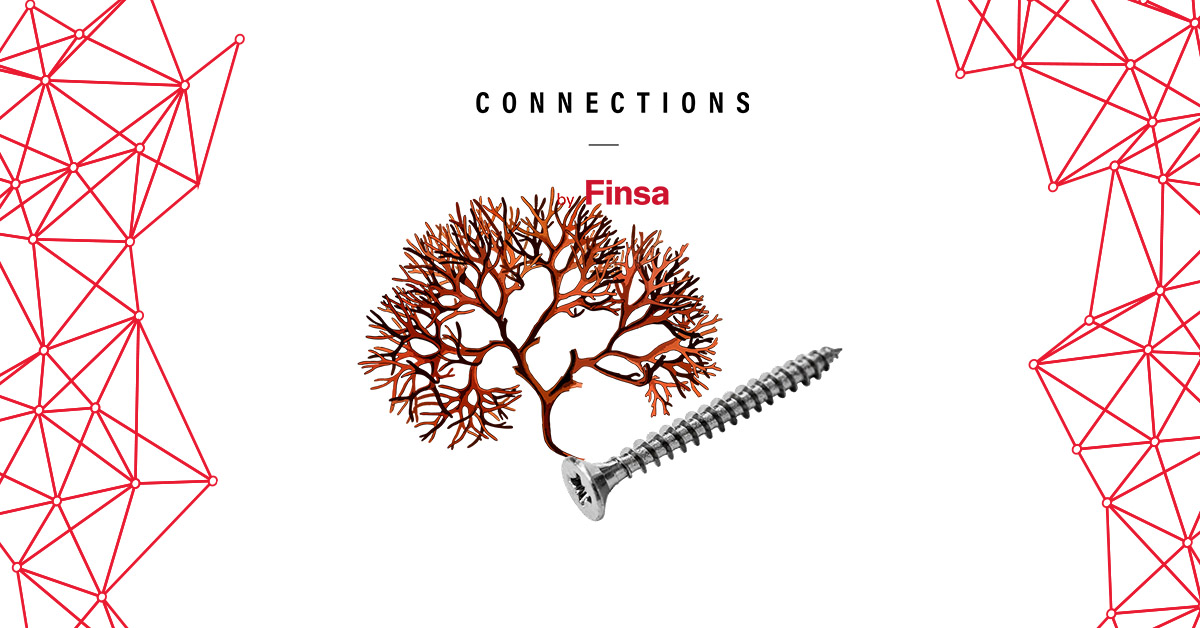From periods of crisis, we can always extract something positive. The coronavirus pandemic accelerated digitalization and led to a return to villages and rural environments. For some, this manifested as teleworking or nomadism, and for others, in a search for food sovereignty, self-sufficiency, and a return to roots.
Model Villages emerged in response to this desire to reconnect with roots. Thanks to various local strategies, they help to sustainably recover and revitalize abandoned agricultural lands in depopulated areas of Galicia. In this post, we explain what this initiative entails, promoted by the Galician Agency for Rural Development and the Department of Land and Forestry Planning of the Xunta de Galicia.
This tool is protected by the Galician Xunta’s Law on the Recovery of Agricultural Land and is part of the Smart Villages policy promoted by the European Union. Indeed, the current twenty reactivated villages (here you can see the directory of registered projects) are the case study for the European Commission. During 2023, a group of twenty professionals from this body assessed the program for its contribution to forest management and population dynamism, focusing on dialogue between the local population, involving its inhabitants in designing actions to renew cultural heritage, public spaces, and improve digital infrastructures. Thus, a parish with as few as five inhabitants, like Cortegazas (located in the Ourense mountains), ends up being a case study for the entire European continent.

What is a Model Village?
This initiative seeks to prevent the mass exodus from rural areas by focusing on abandoned lands with high productive capacity near population centers. The program’s goal is to improve people’s quality of life, boost demographics and agricultural and livestock activity, as well as work on fire prevention.
It is a voluntary instrument, where those who own these plots lease them to a Land Bank for a minimum of ten years for exploitation using traditional and ecological methods. During this period, it is guaranteed that the plots are not restructured, and special care is given to the maintenance, conservation, and recovery of agricultural infrastructures, such as wire fencing and internal roads.
How to register a Model Village project?
The program goes beyond offering a concrete solution to a town, as each Model Village is part of a network that creates synergies and shares knowledge. To join this network, each municipality must submit the application to the Galician Agency for Rural Development, the entity that grants the declaration, prepares the productive planning plan, and calls for the selection of the most suitable exploitation proposal. The evaluation criteria especially consider active forest management and the incorporation of young people and women, groups with less presence in the field.
A Model also for populated areas
The project also considers the populated areas adjacent to the lands being recovered. In this regard, it promotes the rehabilitation of buildings for energy efficiency and landscape integration and seeks to reactivate self-sufficiency by implementing local food systems and short marketing channels. Besides, sustainable local business strategies specific to each case are designed.

The case of Muimenta Village and the RIA Foundation
The village of Muimenta, in Ourense, suffered a fire in 2017 that devastated most of its area. The fire damage led to the abandonment of the lands, which is why it was included in the Model Villages plan, in which the RIA Foundation, led by architect David Chipperfield, was notably involved.
In the Muimenta project, criteria for recovering identity, public space, economic and social activation and sustainability were considered. Firstly, elements such as fountains, granaries, or crosses were restored with traditional construction systems (wooden carpentry, tile roofs, slab enclosures or cobblestone, tiled or “xabre” paving). Traffic was removed from the center of the core, and meeting places were created in the form of atriums. Efforts were made to enhance renewable energy, solar and biomass, and an effective selection of composting organic waste was implemented.
To stimulate social and economic recovery, incentives were promoted in access to housing, coworking facilities, and infrastructure and services to support agricultural and livestock activities.
What do you think of this program for revitalizing depopulated rural environments? Share your thoughts and connect with more professionals in architecture and interior design using the hashtag #ConnectionsByFinsa on social networks.




